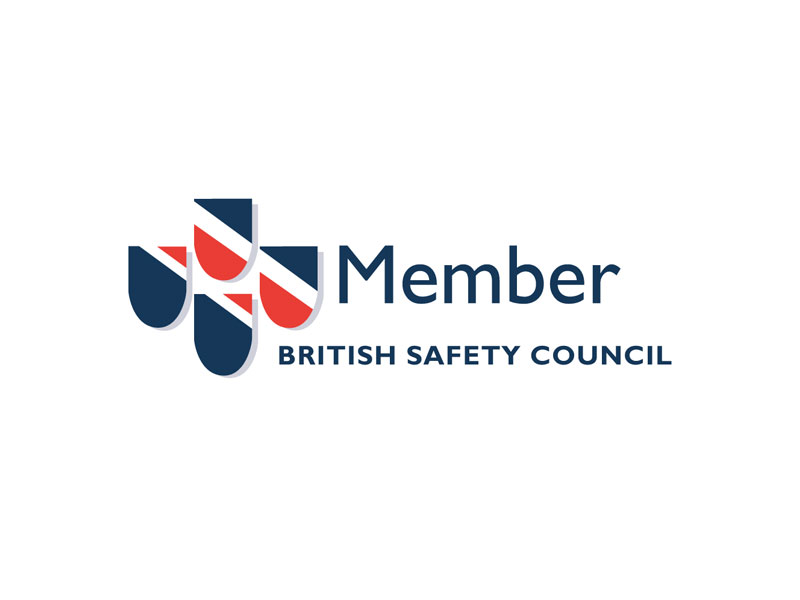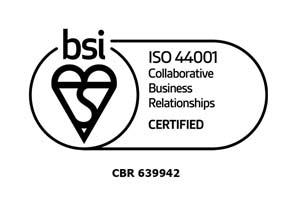Communication Styles
To be understood and to understand others is a basic need of all people.
In order to meet this need we communicate with one another in a number of different ways; listening, speaking, reading and writing. Sign language and Braille are other ways of communicating.
Each of us will use these forms of communication in uniquely different ways depending on such factors as our upbringing, genetic make up, environment, culture and gender.
Think how hard it can sometimes be to communicate effectively at home, where you speak the same language and share the same background as other members of your family.
Imagine having to communicate with a person from a different culture at work - someone who has a different background, values and maybe even a different language from you.
Cultures are formed by groups of people who share common characteristics such as attitudes, values and social practices. They encompass ethnic groupings, communities and even workplaces.
If your communications are to be effective it is important to have some idea of what goes on between people when they communicate with one another.
Being able to give information is only half the picture. Communication also involves the ability to listen and let the other person or people know that you have understood. It can also involve checking out if they have understood you.
Communication, then, is an active process for both parties.
Communication Styles
The way in which you communicate is called your 'communication style'.
From the time of the ancient Greeks to the present day, scientists have tried to classify people based on their personalities and ways of self-expression, trying to discover common themes and underlying principles. Grouping people based on their communication styles is one way of doing that.
So, what is your communication style?
A number of different theories and ways of classifying communication have been developed over the years.
One model groups people by the way they use their senses (sight, sound and touch):
Visual communicators
- Learn best by seeing/watching demonstrations
- Do not talk at length
- Quiet and sometimes impatient with long explanations
Auditory communicators
- Learn best through verbal instructions
- Like listening but also love talking
- Give long descriptions when talking
Kinaesthetic communicators
- Learn best by doing
- Often poor listeners
- Gestures and stands close when speaking and listening
Another model groups people by the quality of their communications:
Aggressive communicators
- Choose and make decisions for others
- Can be brutally honest
- Are self-enhancing and derogatory
- Demand their own way
Passive Communicators
- Allow others to chose and make decisions
- Are emotionally dishonest
- Are indirect and self-denying
Passive-Aggressive Communicators
- Manipulate others to choose
- Appear to be honest but underlying comments confuse
- Are indirect but with an air of directness
- Are self-enhancing but not straightforward about it
Assertive Communicators
- Make their own decisions and choices
- Are sensitive and caring with honesty
- Are direct
- Are self-respecting, self-expressive and straightforward
Currently popular amongst psychologists and business consultants is a system that groups people using two measures:
How open or reserved they are about expressing thoughts, feelings and emotions.
How direct or indirect they are in expressing themselves. How they relate to the circumstances they find themselves in.
There are four main groupings:
The Go-getter (Reserved and direct)
- Independent person
- Aggressive and competitive with little thought about relationships
- The person who 'gets results'
- Sees the bigger picture - not concerned with details
- Thrives on change
The Thinker (Reserved and indirect)
- Technical and systematic
- Values logic, thoroughness and precision
- Methodical way of approaching problems
- Uncomfortable with conflict
- Needs time to adapt to change
The Communicator (Open and indirect)
- Considerate and sympathetic
- Co-operative and easy to work with
- Good listener and likes helping others
- Dislikes change and conflict and will try to smooth things over
The Socialiser (Open and direct)
- Energetic and expressive, speaks quickly using gestures
- Values relationships
- Not afraid of conflict and enjoys discussion
- Enjoys change and challenge
You may be able to recognise yourself in one or more of these groups.
Knowing your own and others communication style will help for better understanding and co-operation. It will also help you improve your own communication skills.
Tips to help you improve your communication style
So, now that you have some understanding of how people differ in the way they communicate you may be asking yourself a question like “Well, what next?”
Being able to talk about communication is not the same as being able to do communication. Simply knowing how to talk to other people is not enough. Being communicated with is just as important as communicating to others.
- Try to be open to hearing what other people have to say
- Get to know the communication styles of the people around you
- Try to adjust your own style to better fit that of the other person
When you get your communication right you will feel:
- that there's a willingness on both sides to be open
- like it is a genuine two-way experience
- that the important things are being said, even if what you are talking about is difficult
- that the communication makes a difference - something useful or satisfying results from it
Useful links
Changetoolkit.org.uk – Have a look – Think – Where am I right now?
































